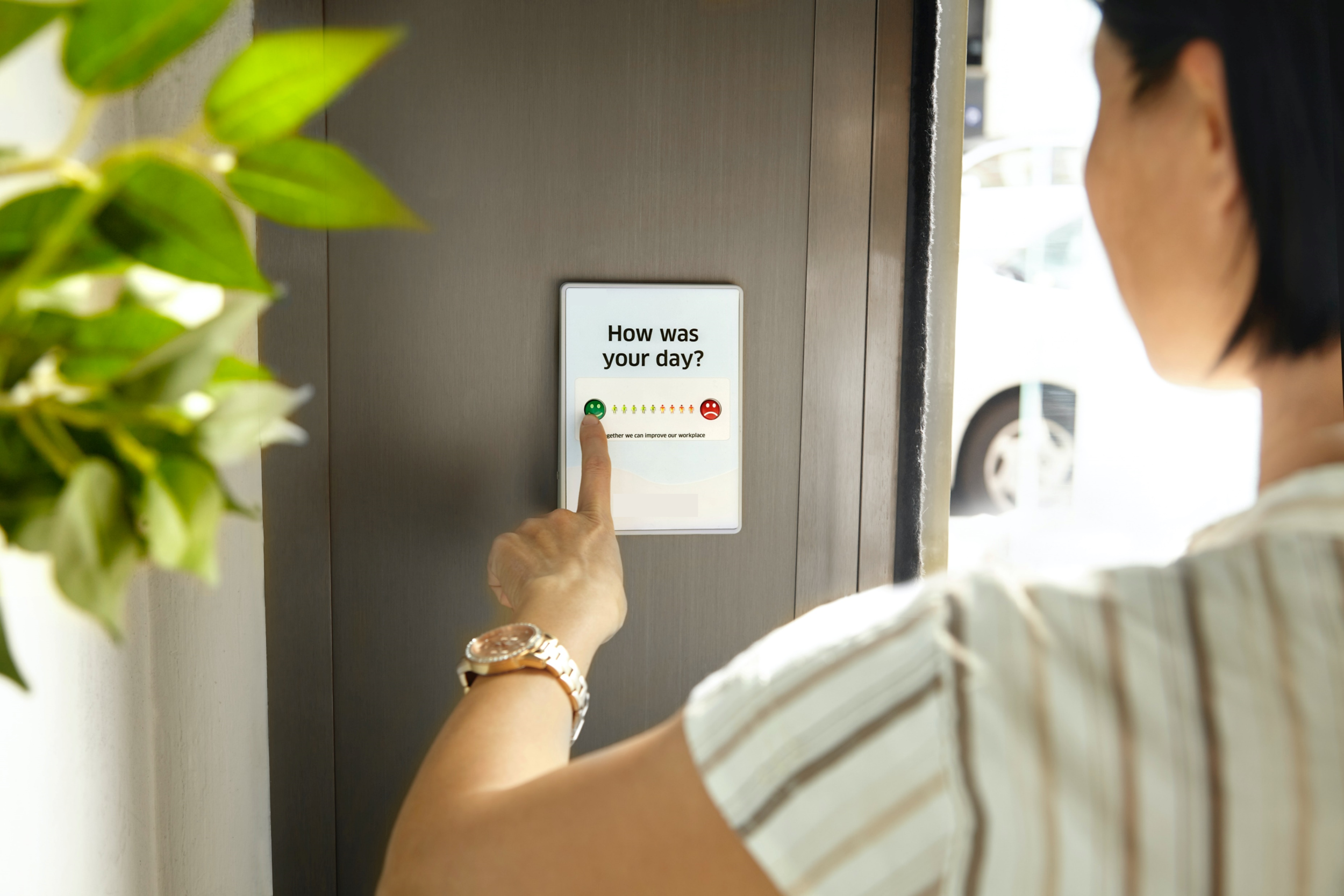03/01/2022
The US Food and Drug Administration (FDA) released a final guidance “Patient-Focused Drug Development: Methods to Identify What Is Important to Patients” in February 2022. This is second in a series of guidance related to a patient centered approach to drug development. The first guidance in the series, “Patient-Focused Drug Development: Collecting Comprehensive and Representative Input”, was finalized June 2020. These guidance documents are aligned with the 21st Century Cures Act (Cures Act) of 2016 requirement for patient-focused drug development (PFDD). The guidance documents clarify how patient experience data collected from patients can best be used for drug development and regulatory applications. The June 2020 guidance discusses best practices for the methods of data collection that ensure accurate and representative experience data and goes further into patient experience data, which includes their experiences, perspectives, needs, and priorities.
The purpose of the February 2022 guidance is to clarify best practices for approaches in identifying what matters most to patients, related to their experience with living with the disease or condition and the burdens of treatment. Methods discussed are best practices for prompting patient input that can inform clinical trial design and the generation and use of patient experience data, such as clinical outcome assessments (COA) and patient preference information, that can inform benefit-risk assessment.
Best practices cover the following areas:
Common qualitative methods used to obtain patient input, such as on-on-one interviews and focus groups
Approaches to asking the right question(s)
Choice of survey administration method
Considerations for developing questions and response options for a survey instrument
Managing barriers to self-reporting
Considerations for use of social media
Considerations for selection of qualitative data collection methods
Considerations of special relevance to designing and implementing study materials
Analysis of qualitative data
Screening and exit interview studies/survey studies
The guidance cautions that it is to be used for clarification for use in discussions with subject matter experts and not as a step-by-step how-to manual. It also points out that protocols should have a plan for documenting if a caregiver assists in data collection and ways to minimize bias to collect clear information from the patient. The next two guidance will focus on 1) COA that measure outcomes that are meaningful to patients and 2) collection of clinically meaningful COA that can be used for regulatory applications. The movement toward PFDD recognizes patient preferences, disease and therapy impacts, risk-benefit considerations from the patients’ point of view, and what matters most to the patient may affect patient satisfaction and well-being. Understanding patients’ experiences and integrating patient preferences into the drug development process should improve clinical trials best practices and reduce study impacts to the patient.
You may enjoy our related blogs:
Clarified in ICH E8(R1), the General Considerations for Clinical Studies Guideline, study design should incorporate a patient centered approach with a consultation of stakeholders who are knowledgeable about living with the condition. Want to learn more? The interactive eLearning course is available for purchase HERE. Read our blog HERE for more information.
- The Clinical Pathways Team
Enjoy this blog? Please like, comment, and share with your contacts.
